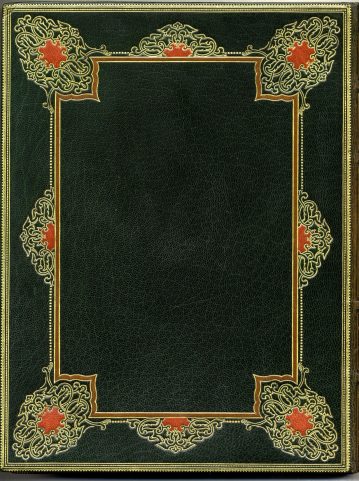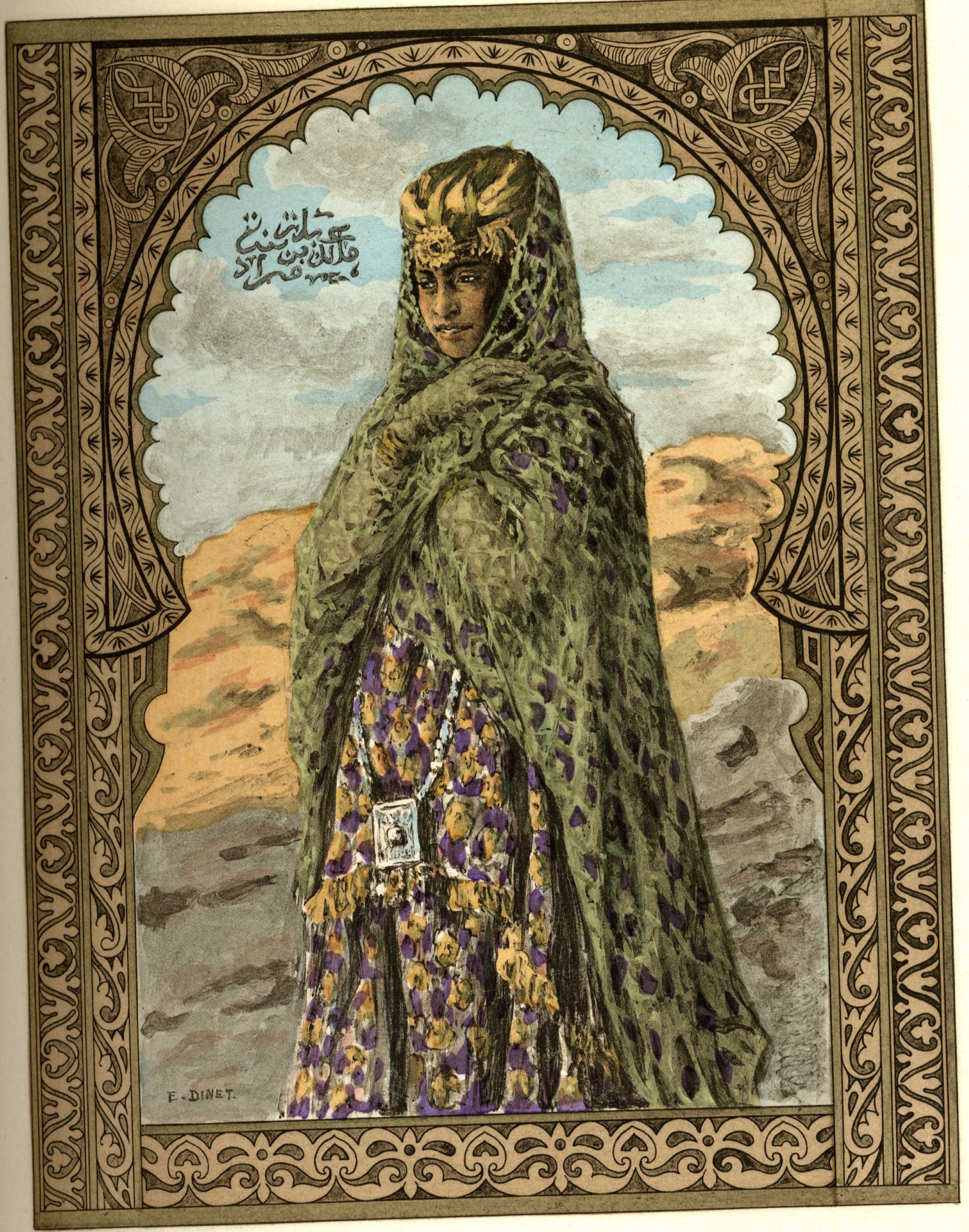Antar. Poème Héroique Arabe des Temps Antéislamiques.
Dinet, Étienne (Illustrated By) / Translated By Marcel Devic.
Synopsis
LIMITED EDITION TO 300 COPIES OF WHICH THIS COPY IS NUMBERED 221 (copy of 230 printed on des Vosges Vellum paper). An absolutely stunning book. The illustrations by Etienne Alphonse Dinet 1861-1929 bring to life the Arabic legend of Antar, the triumph of good over evil. Dinet spent a large part of his life in Algeria. He exhibited nearly every year his orientalist canvases at the Exposition Universelle and at the Societe des Peintres Orientalistes Francais. This work is the first of a series of highly artistic publications published by Piazza. The poem of Antar was discussed by the famous French poet Alphonse Lamartine in his “Voyage En Orient”. It was translated for the first time from original Arabic in 1894 by Marcel Devic. It is considered as a masterpiece of Arabic literature written by the famous Arab warrior and poet Antar Bin Shaddad in the XIII century. The scenes by Dinet mainly depict life in the Algerian desert. In 1889 Dinet glorified Antar by a large canvas entitled “ La vengeance des fils d’Antar”.
Bibliographic references: Monod 309; Carteret IV,45.








